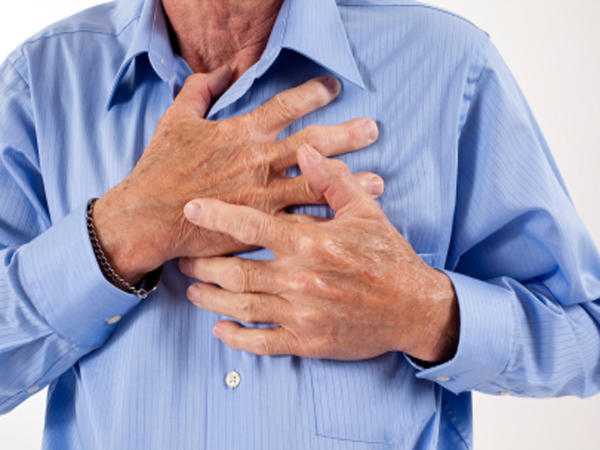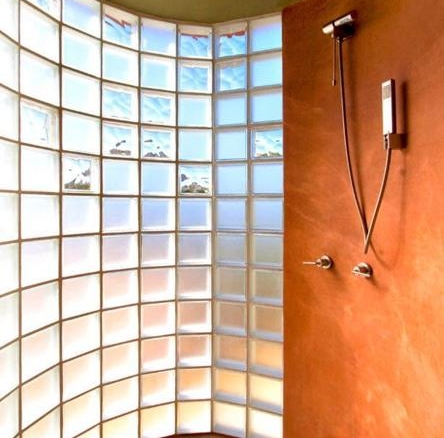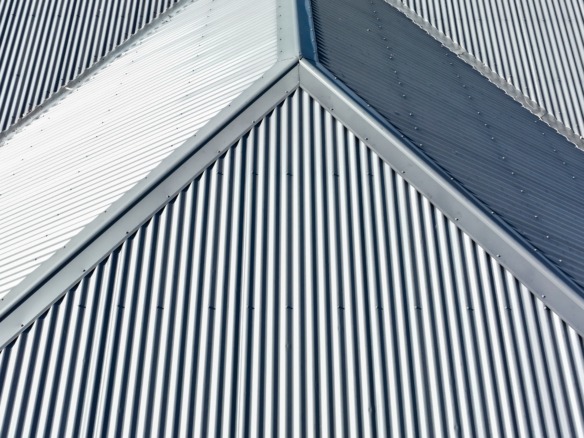It’s a hidden danger that most people aren’t that familiar with, and there can be a serious health risk of mold if it gets out of hand.
So how can that unpleasant black or grey smudge on the wall in the basement make you sick? Generally, the problem is the air-borne spores that all molds produce. You start to breathe them in, and that’s when you start to get sick. Here are the details on your health risks if you are living with mold.
The Symptoms
Though it will depend on the kind of mold you have growing, how sensitive a person is, and how large a colony has developed, there are still some general symptoms you might have. Unfortunately, many people tend to brush these “harmless” symptoms off as vague seasonal allergies or hay fever. Things like:
- wheezing
- chronic coughing
- sore throats
- nasal congestion
- running nose
- tightness of chest
- skin rash
- itchy eyes
- nosebleeds
If the exposure to mold continues, these symptoms can continue to slowly worsen and you risk damage to your lungs and nasal passages due to the ongoing irritation. For younger children, there can be more permanent problems if they develop asthma.
Over time, mold can cause anxiety, depression, insomnia and can even affect your memory. Ongoing lung irritation from the spores can make you vulnerable to infections, such as pneumonia.
Black Mold
This is where it gets serious. Known more scientifically as Stachybotrys chartarum, it is the most toxic of all molds, and can be quite dangerous. The less dangerous molds just produce spores that irritate your eyes, nose, throat and lungs. But black mold actually releases a toxin, which makes everything worse.
Symptoms can be similar, but usually much more severe. There can also be more serious health problems like joint pain, headaches, fatigue, loss of memory and concentration, sensitivity to light and more. These symptoms can also persist for an extended period of time once the mold has been cleaned up.
Time to Clean Up

If you are suspecting that mold is the root cause of your health problems, it’s time to go looking for it. Unfortunately, it can be in any number of inaccessible places in the house, so be prepared to go exploring with a flashlight.
First check under sinks, and behind large appliances where moisture may build up (dishwashers, washing machines), and in dark, damp parts of the basement. You may even need to break a way some drywall, to make sure that mold isn’t starting to grow inside the wall.
Once you’ve found it, you can either remove the moldy materials completely (best for fabrics or drywall) or scrub it clean with a bleach solution. Cleaning is the best option for non-porous surfaces like metal, stone, tile or plastic. If you are not sure you can clean it thoroughly, do your best to remove the materials completely or hire a mold remediation specialist to deal with it.
Future Prevention
Invest in a few dehumidifiers to help reduce the overall dampness in moldy areas, and do regular checks for leaks around the house that can also contribute to moisture and mold. Periodically check on areas you’ve cleaned, to make sure the mold hasn’t reappeared.




